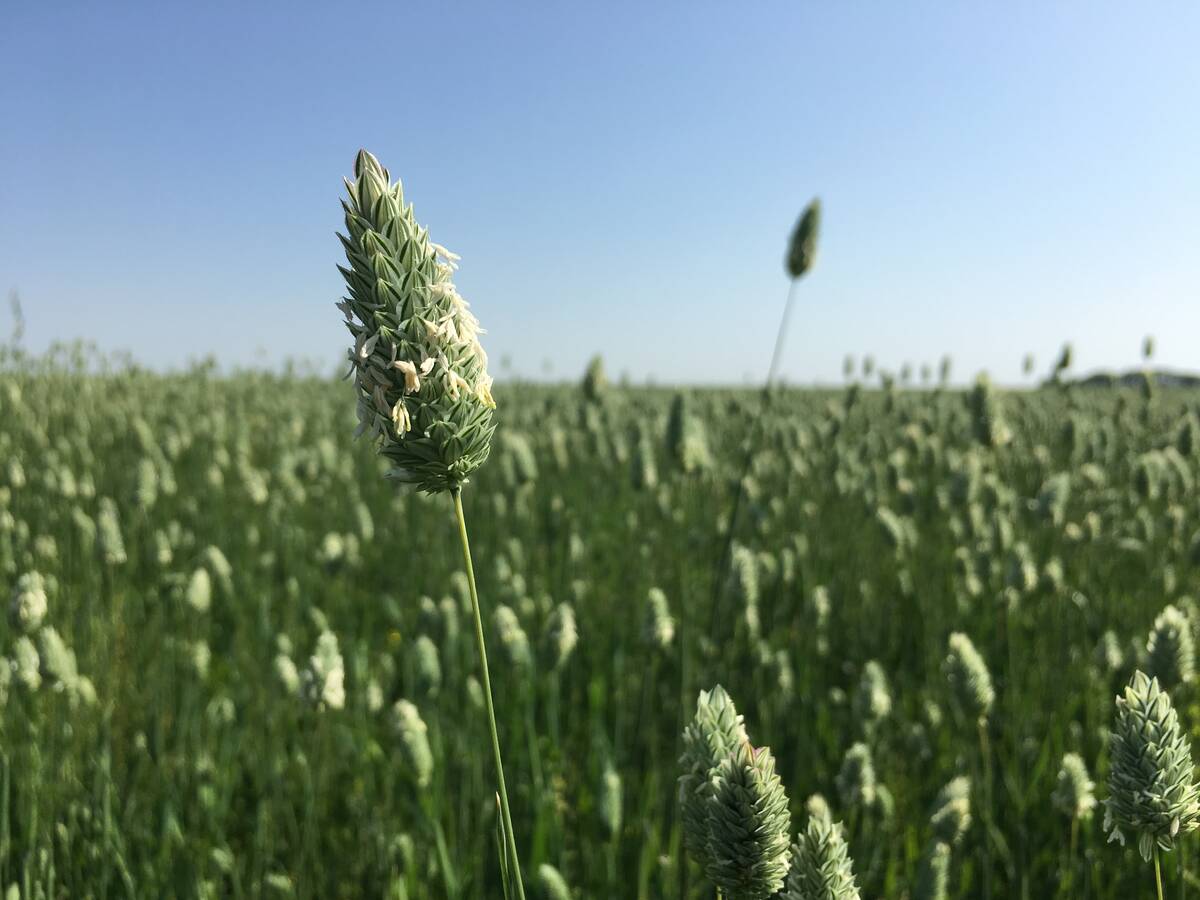Weather issues and international tensions are lifting prices of several commodities off lows hit in late August and early September.
Wheat production estimates and forecasts are down because of weather challenges in Russia, Argentina and elsewhere, helping to lift wheat futures.
Crude oil prices are bouncing back as worries mount about a potential Middle East regional war with fighting escalating between Israel and Hezbollah in Lebanon. Hezbollah is backed by Iran, so there is a danger that the fighting could spread and restrict oil exports from the Middle East.
Read Also

No special crop fireworks expected
farmers should not expect fireworks in the special crops market due to ample supplies.
I’ve touched on these issues in recent columns and we’ll explore them more here.
I also noted in a recent column that canola exports and domestic use were running at an impressive pace, based on Canadian Grain Commission weekly bulk export data. However, the monthly export destination report was not yet available.
Statistics Canada now has destination data for August and it shows that, as expected, China was a big canola importer.
Movement from Vancouver to China in August, the first month of the new crop year, totalled 718,000 tonnes, a huge amount for that time of year. Total canola exports in August were 956,300 tonnes.
The speculation is that Chinese importers are buying the oilseed early to avoid potential disruption from China’s anti-dumping investigation into Canadian canola. That investigation was likely launched in response to Canada imposing tariffs on Chinese electric vehicles, a move it took in concert with the United States and Europe.
Even with the challenges from recent worries about labour-employer disputes at railways and ports, canola exports are still moving strong.
As of week nine, to Oct. 6, total canola exports stand at 1.95 million tonnes, compared to 730,000 tonnes last year and ahead of the 1.88 million tonnes posted at the same point in 2020, the last time there were strong early season exports.
There is no set date for when China will finish its investigation and potentially limit canola imports from Canada.
The strong pace of canola exports supported the November futures price, which has recovered from the low point Sept. 13 when worries about Chinese demand were at the forefront.
At that time, canola was also weighed down by weakness in soy oil and crude oil.
The crude price, which affects vegetable oil values, was the lowest in more than a year on weak demand, particularly from China, whose economy was struggling.
Crude now has partly recovered on the potential widening of the Middle East fighting and on moves by China’s government to stimulate its economy.
Following the stimulus announcement Sept 25, China’s stock markets soared, but have since given back some of the gains on ideas that the support announced so far is not enough to restore lasting confidence, particularly in the troubled real estate sector.
Crude oil demand around the world might continue to be unimpressive, giving little reason to lift its price, but Israel’s fight against its enemies is a wild card.
The global supply of other vegetable oil and seeds also affects the price of canola, of course.
The large crop of American soybeans now being harvested is a weight on oilseed values.
The soybean trade is also watching planting progress in South America.
Parts of Brazil were unusually hot and dry for months, but we are at the point when, normally, the weather shifts from the dry season to the wetter season.
Seeding in central regions is behind normal because of the dry weather, and the level of the Amazon River is the lowest in 122 years.
However, the first significant rain of the season in central Brazil was forecast for the Oct. 12-18 period. Rain was also forecast for the south, which was not suffering drought.
Soybean traders are not worried about Brazil and have not priced in a risk premium, but that could change if rainfall is inadequate.
South of Brazil, in Argentina, there are dry pockets that have hurt the wheat crop. Last week, the Rosario grains exchange trimmed its forecast of the wheat crop, which will be harvested in November, by one million tonnes to 19.5 million.
That, coupled with problems in Russia, supported the wheat futures market.
The Russian wheat harvest is mostly complete, and it was disappointing.
Private forecaster Sovecon last week downgraded the wheat harvest to 81.5 million, down 1.4 million from the previous estimate and down 10 million from last year. Russian farm groups worry that the early export pace is too fast, creating the potential of having little crop to sell in coming months when prices could be higher.
Russia’s government says fall seeding is on target, but Sovecon says it is the slowest in 11 years. The market will closely monitor to see if the seeds germinate and establish before the crop enters winter dormancy.















